Leveraging hybrid and remote work in 2023
I love conferences.
To be honest, the strong introvert in me is exhausted by them, but the community and connection outweigh the exhaustion. Meeting people who are passionate, who have different experiences than mine, and learning from each other.
I just returned from the Faith & Fundraising Conference in Myrtle Beach, where I gave a talk called “Subscription Philanthropy: Breakthroughs in Sustainable Giving” (I’ll cover this in a future edition).
But I’ve noticed something at conferences that has changed since 2020.
When you meet someone at a conference, the small talk usually starts with something like this… “Hi, I’m Dave. Nice to meet you. Who are you with?” The recipient replies with “Organization XYZ.” Most often, the next question is “where are you based?”
This is where I’ve noticed the change. It’s subtle, but significant.
The question “where you are based” is complicated in 2023. Do you mean, “where is my organization based?” Or do you mean, “where do I live and work?” More and more, when I ask this question, I find there are two answers. Thinking about my experience over the last two years, I would say 5 out of 10 times, the person doesn’t live anywhere near their employer.
Prior to 2020, it was a safe assumption that if you were with Organization XYZ, that is where you lived. Occasionally, someone would say, “oh, I work remotely,” and it was so unusual you would talk about it. “Oh interesting, so how does that work?” Not so today.
Leveraging Hybrid and Remote Work in 2023
Over the past few months, I’ve been highlighting trends to take advantage of in 2023.
We’ve talked about how to leverage artificial intelligence to be more productive and effective. How to tap into the changing landscape of social media and the prevalence of short-form video. Ways to capitalize on podcasts to learn and build audiences. We’ve talked about the power of shared cultural moments and lessons we can make use of from the wild world of Super Bowl ads. Most recently, I covered how to leverage subscriptions in 2023 to drive income and retention.
Today, I want to highlight another trend to capitalize on in 2023 - let’s talk about hybrid and remote work.
But first, a disclaimer.
This topic can be a contentious one. It’s also extremely difficult to predict the long-term impacts of such a dramatic change in the world of work.
I believe we’re in the midst of one of the greatest experiments in the history of the modern workforce. I’m not a workplace expert, but I’m pretty sure the last time the workforce was as dramatically reshaped was the industrial revolution.
Today, let’s look at some current trends in remote and hybrid work, unpack the implications for what that means for you and me, and suggest takeaways for how to capitalize on this trend in 2023.
Let’s go.
Hybrid work is here to stay.
The folks over at LinkedIn, who have a pretty good view of what’s happening with workforce changes, opened their recent report on Predicted Workplace Shifts in 2023 that “Hybrid work will be here to stay”:
The great return to office debate will rage on in 2023, with select CEOs demanding workers get back to their desks. But the hybrid approach will reign triumphant.
The article goes on to cite a LinkedIn Economic Graph analysis that found that while remote job posts are dipping, the vast majority of seekers are applying for roles that can be remote or hybrid. 1 in 7 job postings offered remote work as an option, but those postings attracted more than 50% of all job applications.
Rand Ghayad, head of economics and global labor markets at LinkedIn, argues that workers continue to prioritize the flexibility and work-life balance gained in the shift to telework.
The piece suggests looking for hybrid arrangements to become more formalized this year, with colleagues coordinating which days to head into the office in advance. It ends with, “There’s no point in coming in just to shout at Zoom all day.” Amen to that!
I talked to one CEO recently who sold their entire corporate campus and is moving to a much smaller space in a better, higher-quality location, and a strategic plan to utilize the new space in today’s hybrid work environment.
Another C-Suite executive of a multi-billion dollar organization shared with me that they are renovating their existing building to be a destination for offsite meetings. They found that so many of their remote and hybrid teams were conducting offsites that they could better utilize the space they had and save a ton of money by hosting offsites at headquarters!
💡 Takeaway: Examine your current job postings, roles, teams, and organization culture – are you missing out on the workforce because there are roles that could be hybrid or remote? Second, if you have a hybrid team, how can you strategically find times to gather them in one place? In-person collaboration is critical for specific tasks and types of work. Is it time to schedule that offsite?
It’s not the Great Resignation; it’s the Great Reprioritization.
We’ve all heard of the Great Resignation, but late last year, I wrote a piece asking, “is it really?” Are people resigning in droves, or is there something more interesting going on?
I pointed to a recent study that Morning Consult published titled “New Workers, New Normal” (March 2022). In it, they describe five types of workers in the New Normal.
Many of you weren’t subscribed to the Wave Report at that time, so I’m going to share the key observations I made from that study, because they are still relevant today:
It isn’t the Great Resignation... it’s the Great REPRIORITIZATION.
24% of employed adults said they planned to leave their current job in the next year. But they aren’t leaving the workforce altogether — they intend to find new jobs that better align with their priorities. The common reasons people are leaving are similar to pre-pandemic times — toxic work environments, not enough pay, bad manager, or found a better job. But what is interesting is where people are choosing to go is based on their priorities - better work-life balance, avoiding burnout, and more flexibility in when and where I work.
Beware of generalizations; people have different values and priorities.
It’s tempting to read headlines and assume broad-brush “truths” – i.e., “everyone is quitting” or “everyone wants to work remotely.” Beware of generalized assumptions like these. The research shows that there are very different types of workers, and I assume this comes down to very different types of work.
Don’t assume everyone is like you or works most effectively in the same way that you do.
This is particularly relevant to the differences between executive leadership and staff. Applying what leaders want from their work situation to the entire team is a mistake. There are types of employees that want to be in the office. The workforce’s and leadership’s needs to be effective in their roles are different. You need to understand your people, their functions, and their needs and values to get the most out of your team.
Remote/hybrid work is an unavoidable part of the next normal.
It’s a mistake to say that every person wants to work remotely. That being said, only 48% of employed adults surveyed in early 2022 said they wanted to return to the office. This is a considerable decline from Jan 2021, when 64% of adults said they wanted to return to the office. Remote workers also feel they’ve become more productive amid the work-from-home pandemic lifestyle. The current employee market means workers have an emboldened sense of choice and control over where and how they work, and employers should take note.
💡 Takeaway: Employees are more empowered and expect flexibility, and leaders need to develop a deep understanding of the type of work that they do, their people, and what is the best environment for their teams to thrive. How can you leverage your team and situation to get the most out of your people?
Consider the type of work that needs to be done.
Adam Grant, an organizational psychologist and author, was recently asked about the future of remote work and productivity. The real question, he said, is what kind of work you are doing. He uses the example of sports teams...
Some sports and types of work are all about individual contribution — a team’s total output is the sum of the parts, like in a relay race. In these relay-race-like environments, certain moments require working together, like the handoff, but most of the job can be done individually, alone, and without distraction.
On the other hand, some types of work require a lot of simultaneous collaboration. “Synchrony” is the fancy word that Grant uses:
Synchrony: a state in which things must happen, move, or exist at the same time.
Some sports require a lot of collaboration and synchrony, like basketball or football.
Is the work you are doing right now more like a relay race or a basketball game? I would venture a guess that not all of your work is one way or the other. For certain projects, some tasks are much better off being done separately and then brought together for the handoff. But other projects or tasks require everyone in the room playing at the same time.
So as you consider your team, your organization, ask yourself the question, “how much of our work requires us to be in sync with each other, and how much is best performed individually?” Put another way, are we running a relay race or playing basketball right now?
💡 Takeaway: Look at the work your team does – what types of work are like a relay race (individual contribution), and what is more like a basketball game (group collaboration)? Consider how you can best set up your team’s work to maximize when you need to be together and when you are most productive working separately.
I’m curious – what are you finding in your situation? What’s working well? What’s the most challenging thing you are wrestling with right now? I’d love to know your thoughts – hit “reply” to this email and let me know.
Until next week… Surfs Up! 🌊
- Dave
About the Author | Dave Raley
Consultant, speaker, and writer Dave Raley is the founder of Imago Consulting, a firm that helps non-profits and businesses create profitable growth through sustainable innovation. He’s the author of a weekly trendspotting report called The Wave Report, and the co-founder of the Purpose & Profit Podcast — a show about the ideas at the intersection of nonprofit causes and for-profit brands.
Want to receive insights like this weekly?
Every Friday, we send out The Wave Report, highlighting one trend or insight “wave,” from donor and consumer trends to innovation in different industries or new models for growth.
Subscribe today to receive free weekly insights in your inbox here:


